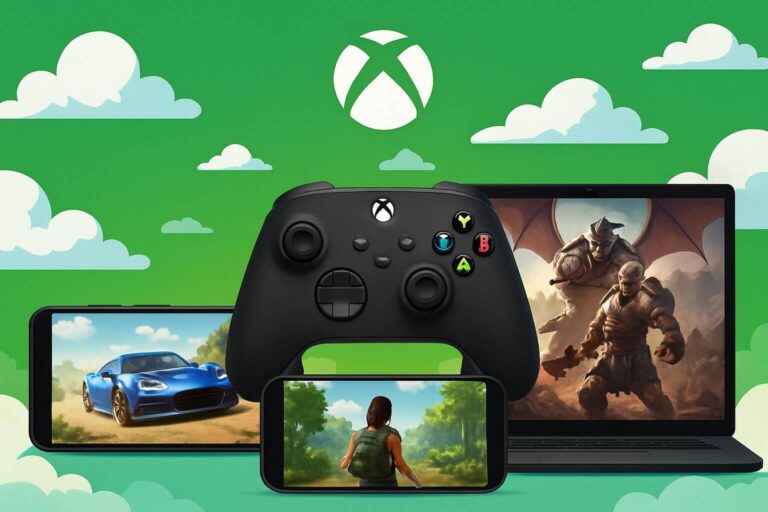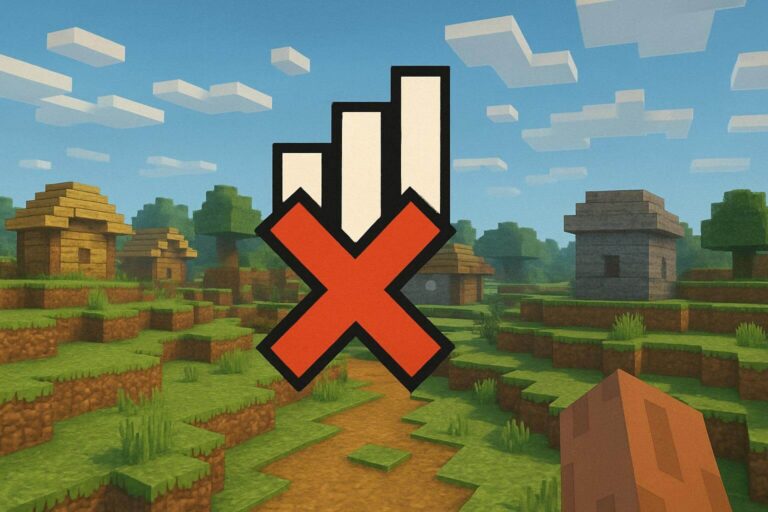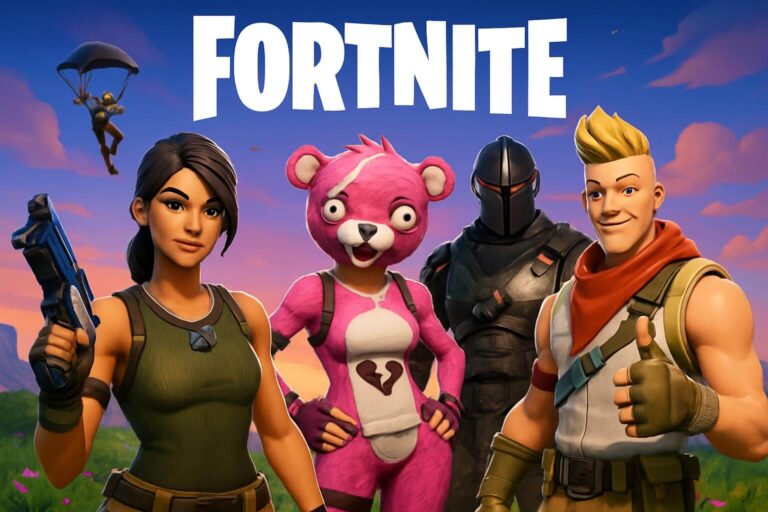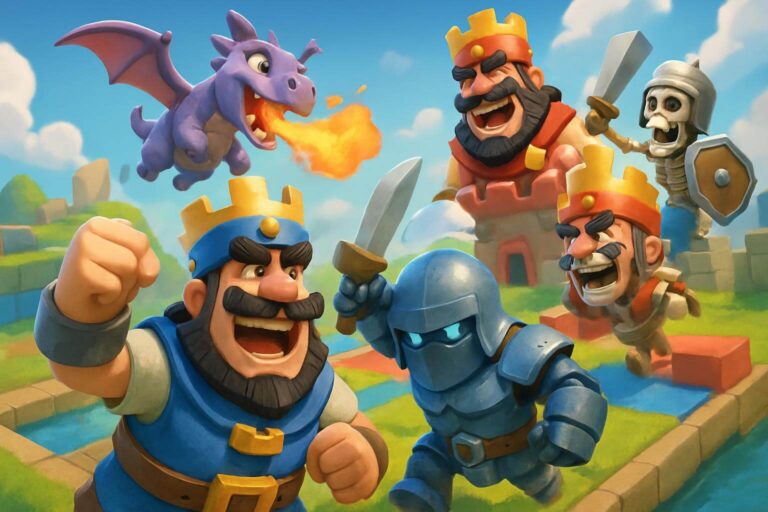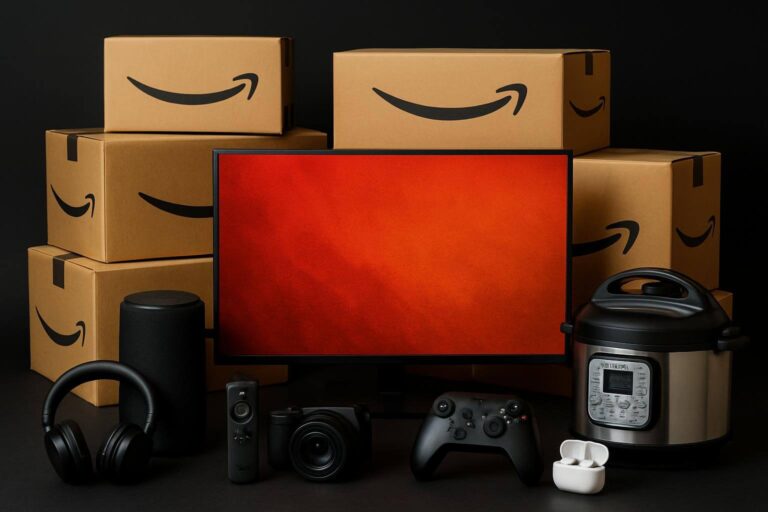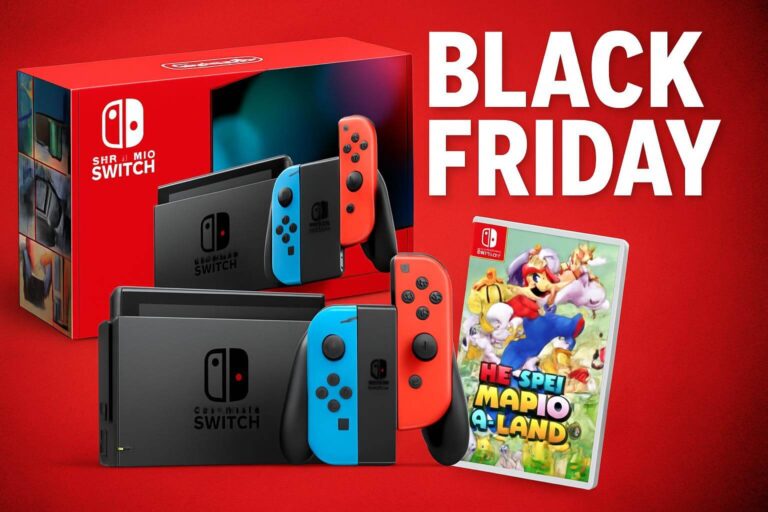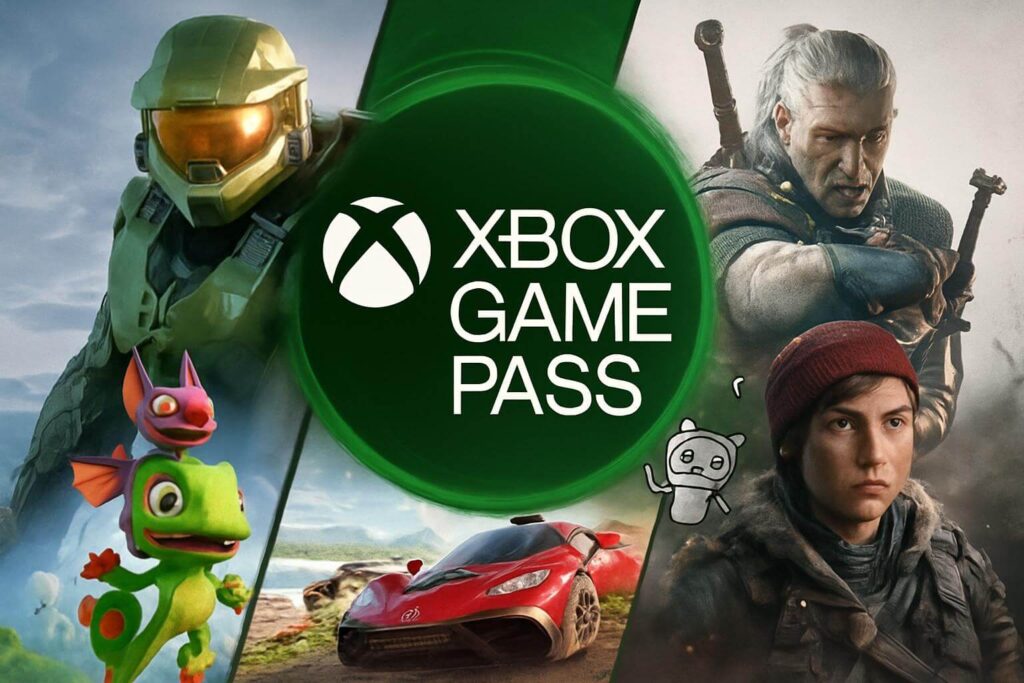
How Xbox Game Pass Began
Xbox Game Pass started in 2017. Microsoft wanted to change how players accessed games. Instead of buying one title at a time, people could pay a monthly fee and explore hundreds. The idea looked risky at first. Many wondered if players would accept not owning their games. But the model grew quickly. It offered freedom and variety that gamers didn’t expect. Within a few years, it became central to the Xbox brand.
The early days were about building trust. Game Pass gave players older hits, indie titles, and hidden gems. Slowly, it added bigger blockbusters. The service moved from an experiment to a key strategy. It showed that subscriptions could work for games, just as they did for music and films.
Why Xbox Game Pass Feels Different
Xbox Game Pass stands out because of day-one releases. Players don’t wait months for new games to appear. Big titles launch on the service the same day they hit stores. That changed the mindset of gamers everywhere. Instead of paying full price, people ask if a game will arrive on Game Pass. This shift in expectation shows its influence.
It also works across console, PC, and cloud. Progress carries over across devices. Cloud gaming adds another dimension. You don’t even need high-end hardware. A phone or simple laptop can run games that once demanded expensive consoles. That flexibility turns Xbox Game Pass into more than just a library. It becomes a bridge to the future.
The Twist in Xbox Game Pass
Here’s where the twist enters. While fans celebrate, developers worry. The subscription model changes how money flows. Some studios fear lower sales when their game launches directly on the service. Others argue the opposite. Game Pass gives smaller titles a spotlight they might never get. More people try them, talk about them, and spread word-of-mouth buzz.
But there’s another issue. Too much choice can overwhelm players. With hundreds of games, some people scroll endlessly without picking one. The paradox of abundance appears. It’s a gift and a curse. Xbox Game Pass creates access but also adds indecision. That is the quiet drawback behind its success.
Xbox Game Pass and the Future of Gaming
The service points to where gaming is heading. Physical discs already fade from shelves. Digital and subscription-first models rise fast. Xbox Game Pass is not just a feature. It is the core of Microsoft’s gaming vision. The company doesn’t only sell consoles anymore. It sells an ecosystem.
This strategy forces rivals to respond. Other platforms build their own services, but few match the scale of Game Pass. The competition sparks what many call subscription wars. Every service fights for players with exclusive deals. Yet Game Pass stays ahead with its strong mix and first-day releases. If it keeps growing, it may change how studios design, launch, and market their games. Imagine a future where buying single titles feels old-fashioned. The model could push the industry in that direction.
The Legacy of Xbox Game Pass
Xbox Game Pass already left its mark. It proved players want more flexibility. It made gaming more inclusive. People who couldn’t spend on every big release now access hundreds of titles. It gave indie developers a chance to shine alongside blockbuster hits. It reshaped habits, choices, and expectations.
Still, its long-term legacy isn’t finished. The question is whether it fuels creativity or pressures developers into safe, quick-return projects. Subscription models reward engagement, but they may limit risks. For now, though, one truth stands clear. Xbox Game Pass broke down barriers. It transformed gaming into a space where access matters more than ownership.
When people look back years from now, they’ll see it as a turning point. It was the moment gaming stopped being about shelves and started being about service. And whether you love it or fear its impact, Xbox Game Pass proves one thing. The future of gaming is no longer just about what you buy. It’s about what you can play anytime, anywhere.
